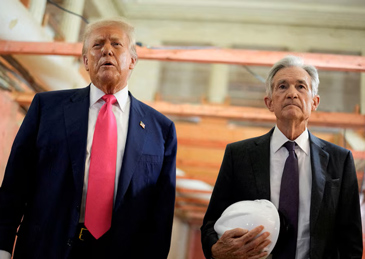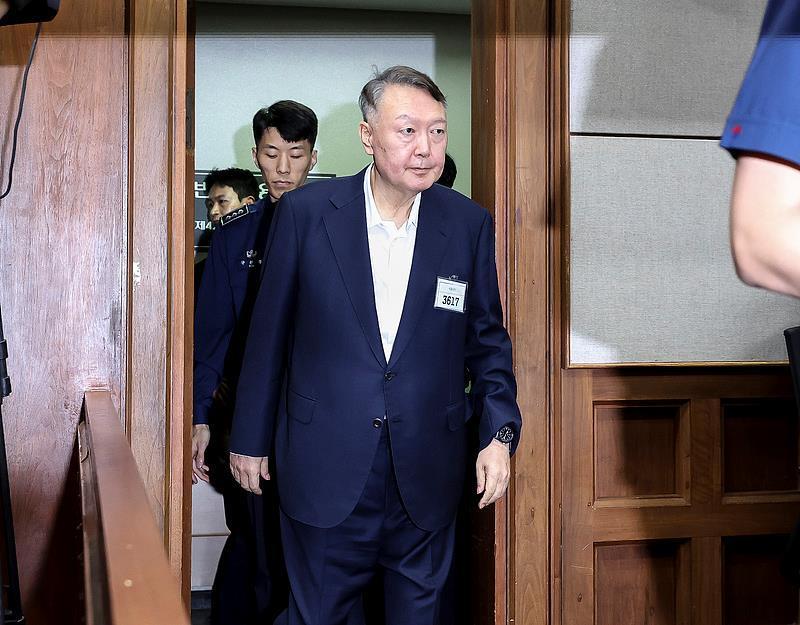
The international economic landscape is undergoing profound changes. As the world's largest economy, the policy direction of the United States has a far-reaching impact on the global market. Recently, the United States has simultaneously advanced a number of major policy adjustments in the economic field: reshaping global trade relations through tariff policies, supporting domestic employment through monetary policies, and managing major power competition through bilateral dialogues. These policies not only affect the domestic economic operation of the United States, but also have an impact on the global economy through various channels.
I. Strategic Intentions and Actual Effects of Tariff Policies
The recent adjustment of tariff policies promoted by the United States reflects a significant shift in its economic and trade strategy. This policy aims to protect domestic industries by raising import tariffs, but it has brought about complex chain reactions. Although high tariff policies may boost specific industries in the short term, on the whole, they will lead to an increase in consumer goods prices, weaken household purchasing power, and increase the production costs of enterprises. Data shows that in August, the US consumer price index rose by 2.9% year-on-year, while the core price index remained stable. This relatively mild inflation performance is partly attributed to the delayed effect of tariff transmission, but over time, upward pressure on prices will gradually emerge in ordinary households.
Ii. The Sluggishness of the US job Market and Its Countermeasures
Industries directly affected by tariffs, such as manufacturing, wholesale and retail trade, and energy, have begun to adjust their policies. Some enterprises chose to slow down the recruitment pace or even lay off workers, resulting in only 22,000 new jobs being added in the United States in September and a weak job market.
An August employment report shows that the commodity production sector has recently experienced a wave of unemployment. The manufacturing industry has lost 12,000 jobs, and the total number of unemployed people this year has reached 78,000. This slowdown in employment is mainly due to the increase in tariffs. Another reason is that the policy uncertainty in the United States has led enterprises to adopt a wait-and-see attitude. The CEO of a metal manufacturing company in the United States said, "The current strategy is to no longer fill vacancies when employees leave." This attitude is quite common in enterprises. Analysis suggests that these tariffs are a drain for American manufacturers like them, offering no benefits at all. They have hindered the company's recruitment and development capabilities and have now entered a de facto recruitment freeze state.
Iii. The Dilemma of the Federal Reserve's Monetary Policy
In the face of a complex macroeconomic environment, the direction of the Federal Reserve's monetary policy has drawn much attention. The weak job market has changed market expectations. Economists believe that the possibility of the Federal Reserve announcing a rate cut at its September meeting is increasing. A Reuters survey on September 11th showed that the Federal Reserve is about to cut the key interest rate by 25 basis points, adjusting the federal funds rate range to 4.00%-4.25%. This will be the first rate cut in 2025.
The Federal Reserve's decision-making is facing a dual challenge: on the one hand, it needs to support the job market; on the other hand, it must be vigilant against inflation risks. American economists pointed out: "The continuous slowdown in labor market demand over the past four months has prompted the Federal Reserve to prioritize supporting the job market."
The relatively slow tariff transmission and stable service inflation in August provided the Federal Reserve with some policy space, enabling it to pay more attention to the job market situation rather than merely dealing with inflationary pressures.
Iv. Repositioning of International Economic Relations
While adjusting its domestic economic policies, the United States is also repositioning its international economic relations. The recently held China-Us economic and trade talks have achieved positive results, indicating that the two countries are seeking a stable economic and trade relationship. According to a report by China News Service and Jwnews, Li Chenggang, China's representative for international trade negotiations at the Ministry of Commerce, said on September 15 that both China and the United States are actively implementing the important consensus reached during the phone call between the two heads of state and giving full play to the role of the China-Us economic and trade consultation mechanism. This dialogue mechanism helps ease trade tensions, provides institutional guarantees for the stability of global supply chains, and also helps prevent misjudgments and escalation of conflicts between the two major economies.
The current economic policies of the United States mainly consist of three points: reshaping global trade relations through tariff policies, supporting domestic employment through monetary policies, and managing major power competition through bilateral dialogues. However, there is an inherent tension among these policies: tariff policies may push up inflation and restrict the space for monetary policy; Immigration policies may restrict the supply of labor and affect the potential for economic growth. International trade frictions may undermine the stability of supply chains and increase the operating costs of enterprises. Policy coordination is key: The Federal Reserve needs to strike a balance between supporting employment and controlling inflation. Trade policies need to strike a balance between protecting domestic industries and maintaining the global open system. International relations need to maintain coordination between safeguarding national interests and promoting international cooperation.
Overall, the direction of the United States' economic policies not only affects its own economic prospects but will also have a profound impact on the global economy through channels such as trade, investment, and finance. To address the negative impacts and guide the healthy development of the economy, policymakers and market participants in various countries need to closely monitor the trends and make corresponding contingency plans and preparations.

The South Korean political arena has once again been embroiled in a public controversy over a judicial investigation that has shaken the entire nation.
The South Korean political arena has once again been embroi…
On the morning of December 29th local time, the precious me…
According to the US media Barchart, recently, the fluctuati…
On December 29th, Mar-a-Lago in Florida, USA, witnessed a h…
SoftBank Group announced on Monday that it has agreed to ac…
Recently, the US State Department issued a visa ban, adding…